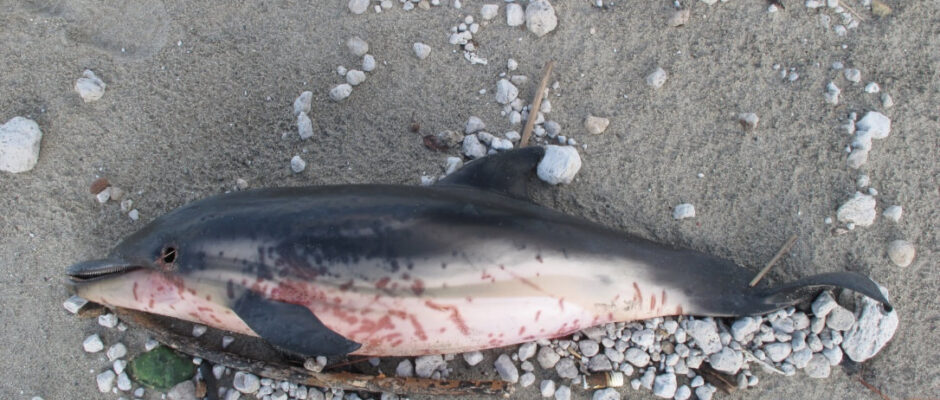Goa’s Marine Crisis: Dolphin Deaths Spark Conservation Emergency
The idyllic beaches of Goa, once a haven for marine life, are now witnessing a disturbing trend of dolphin deaths and injuries, prompting urgent calls for investigation and action from wildlife conservationists. The alarming pattern, observed along Goa’s coastline, has raised concerns about the ecological health of the region. The crisis has deepened over recent months, with multiple incidents reported across the state, continuing a troubling trend from previous years. Wildlife conservationists emphasize the stark disparity in attention given to marine casualties compared to terrestrial counterparts. “Had it been tigers, the attention from authorities would have been vastly different,” remarks a conservationist. While the exact causes behind these marine deaths remain under investigation, experts suspect a complex interplay of factors. Water pollution, entanglement in fishing nets and natural causes are thought to contribute to the rising death toll. Climate impacts, including rising ocean temperatures and changing sea patterns, are also considered a potential factor. The Centre for Marine Living Resources & Ecology (CMLRE) has initiated inquiries into these recurring deaths as part of their national survey. The monthly death toll of Finless porpoises, a Schedule I protected species under Indian wildlife laws, is particularly concerning. This trend is not limited to dolphins, as large numbers of sea birds have been found injured along Goa’s coastline and Olive Ridley turtles regularly fall victim to trawler bycatch. The devastating impact of human activity on marine life is evident. Plastic waste, including items like sanitary pads and branded packaging, has been found inside sea turtles. Nearly 1kg of fishing net was discovered in the stomach of an Indian Ocean Humpback dolphin at Arossim Beach, South Goa. Overfishing contributes to the decline of marine species, with a significant portion of the catch directed toward fish meal production for poultry, farmed fish and fertilizer. Conservation efforts have been underway since 2017, with the establishment of a marine stranding network through collaboration between the Goa Forest Department and various organizations. Despite progress, experts argue that current efforts fall short due to the lack of comprehensive data, which hampers conservation strategies. Wildlife activists are concerned about the forest department’s reluctance to share post-mortem data and other crucial information. A multi-faceted approach is necessary to address the crisis. Capacity building would enable participatory conservation management with stakeholders. Long-term monitoring is required to track local populations of endangered Schedule I marine wildlife. Promoting sustainable fishing practices and reducing plastic waste through effective disposal systems are crucial. Addressing climate change impacts on marine ecosystems is also essential. The urgency to save Goa’s dwindling dolphin populations cannot be overstated. Wildlife activists emphasize the need for immediate investigation, effective conservation measures, public awareness and government support. Collective action is necessary to mitigate human impact and preserve the state’s rich marine biodiversity.

